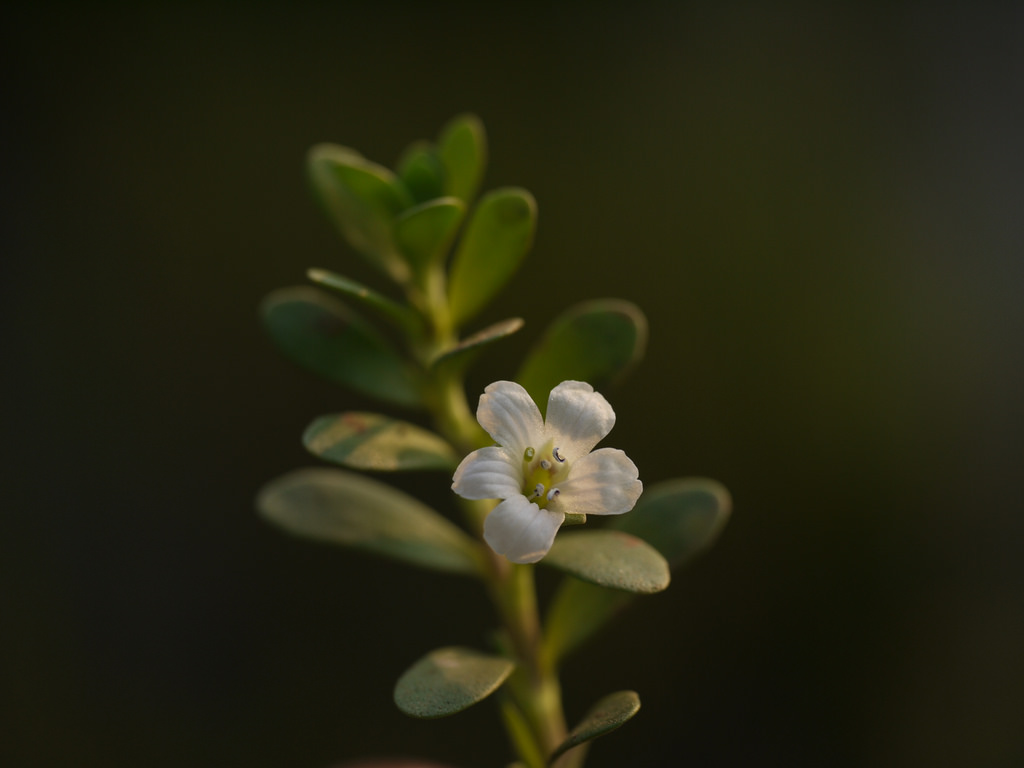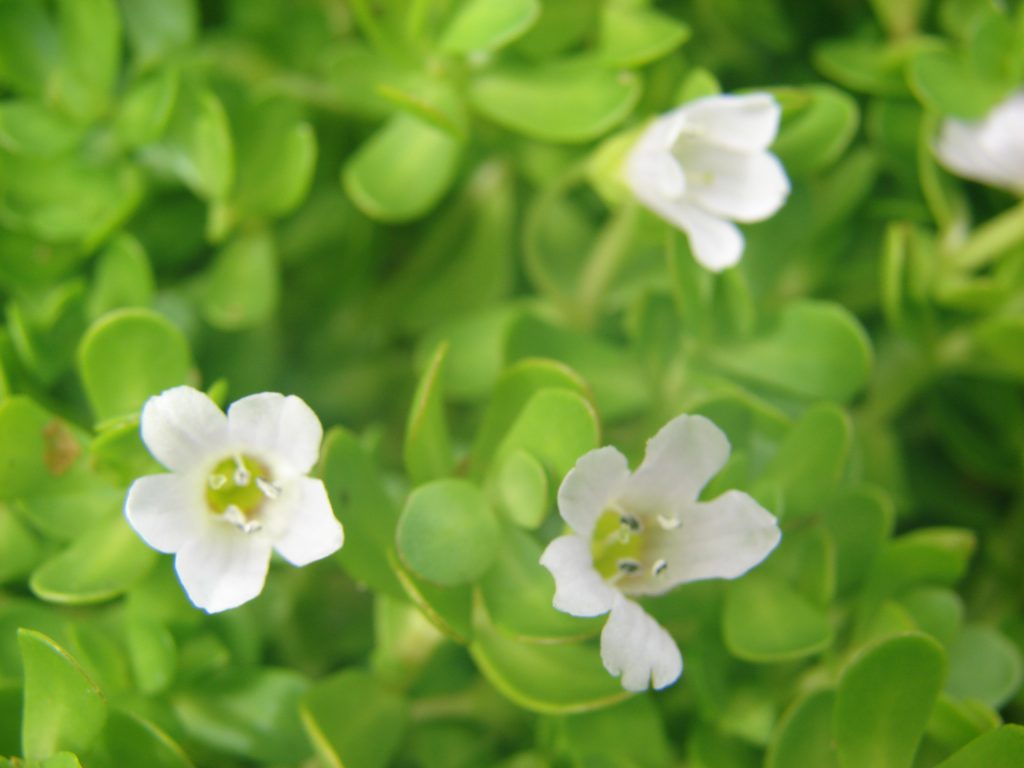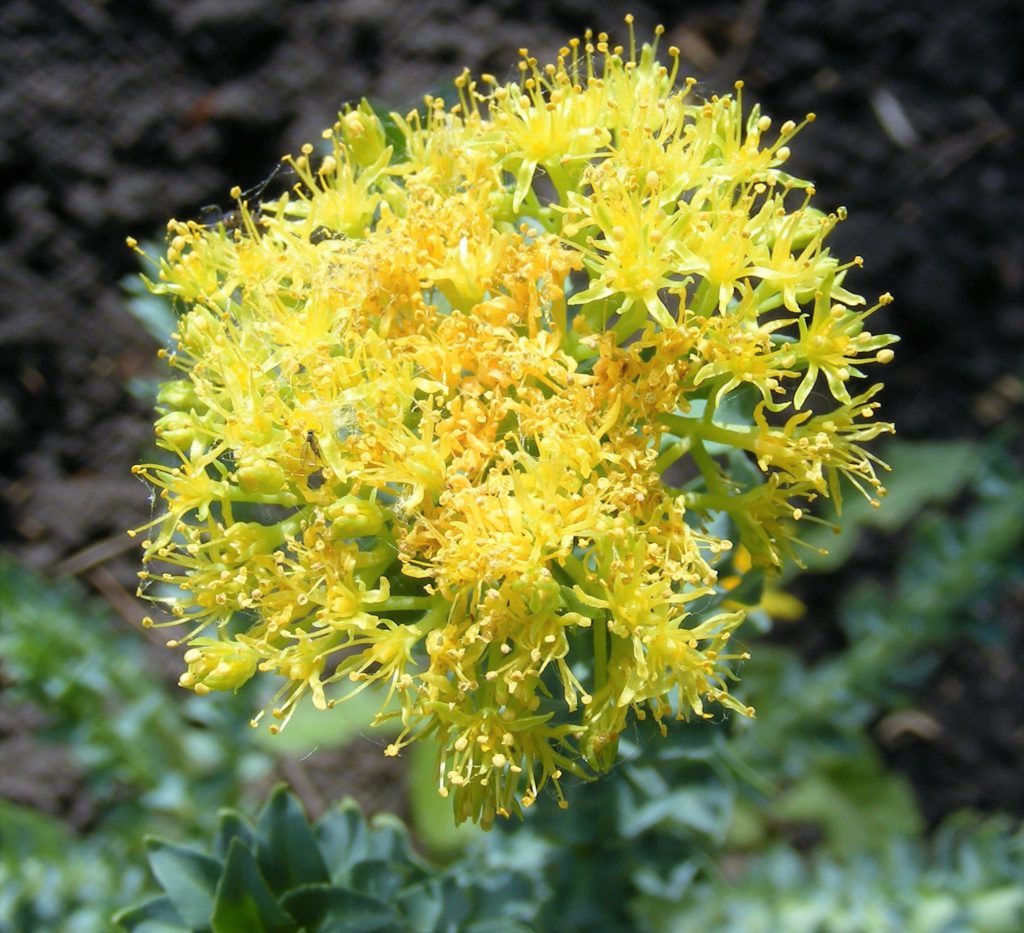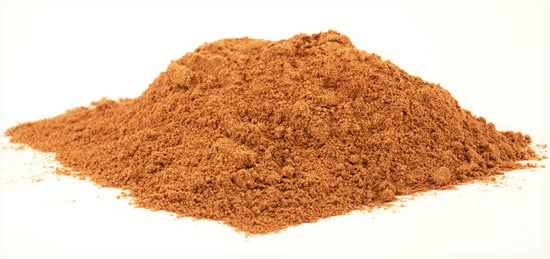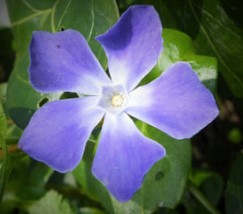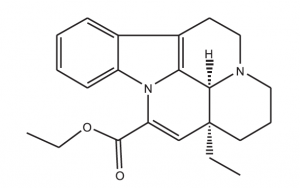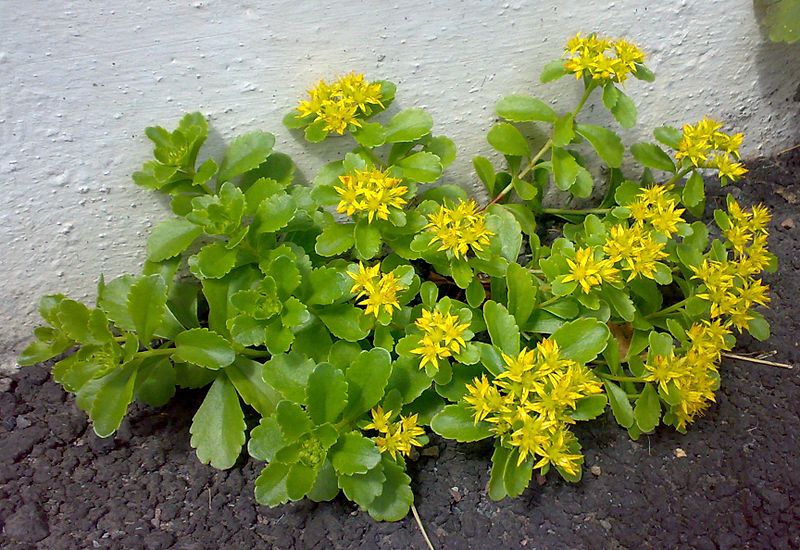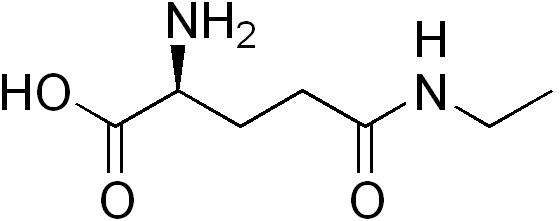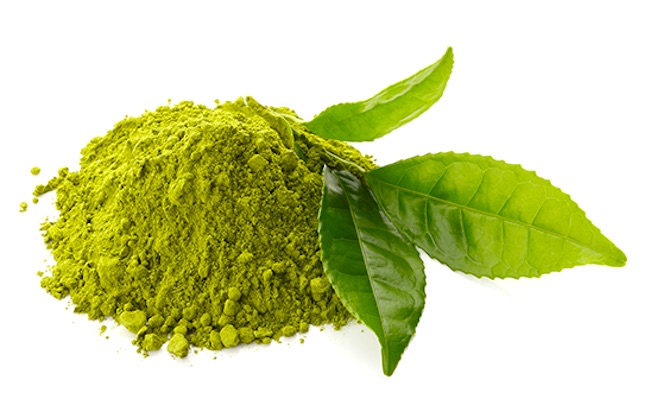Bacopa monnieri (which is sometimes called waterhyssop, brahmi, or herb of grace) is an herb that has been used for centuries in Ayurvedic medicine to treat a wide array of illnesses. Today, it’s a commonly used nootropic supplement that has been shown to improve memory and decrease anxiety. Studies show it may improve cognition by keeping you calmer.
Bacopa monnieri may also influence the cells that help with brain regeneration by decreasing the oxidative stress that free radicals can have, which could make it appealing for people with brain injuries as well as those concerned about the impact of aging and time on the brain. There are some studies that suggest bacopa monnieri can help decrease the inflammation of the brain that comes with aging and improve outcomes for Alzheimer’s patients. With potential benefits numbering in the dozens, bacopa monnieri has widespread appeal and is suitable variety of users.
What does bacopa monnieri stack with?
The first thing to take into consideration is that, for some users, bacopa monnieri has been known to cause gastrointestinal problems when taken on an empty stomach. For the sake of your belly, don’t forget that it stacks first and foremost with food! Since bacopa monnieri is fat soluble, try taking it alongside a meal that has includes healthy fats. Think avocado toast, buttered coffee, or a smear of almond butter on an apple.
When stacked alongside other supplements, bacopa monnieri may have benefits ranging from upping cognitive abilities to decreasing stress, may experience a different outcome depending on what else you’re taking.
If improving your memory and feeling less anxious is what you’re hoping this supplement can do for you, try bacopa monnieri with the supplement Protadim. Protadim includes milk thistle, curcumin, green tea catechins, and ashwagandha. The study linking the positive effects of this stack also indicated you may get some of the benefits with just one or two of the compounds found in Protadim, so if they’re already in the mix for you, all the better. Keep in mind that most users report that these benefits can take a few weeks of continuous use to show up, so be patient. During that time, some people have decreased motivation and a little trouble getting to sleep, so the adjustment period can be a little bit tricky.
Another name-brand supplement, Perment, stacks bacopa monnieri with asparagus, ashwagandha, and clitoria ternatea. Some research suggests that this combination may relieve symptoms of depression naturally. While there’s evidence of the link between taking this supplement and diminishing the symptoms of depression, the effect won’t be complete, so don’t consider this a standalone treatment. Anticipate minor reductions in your symptoms. This shouldn’t take the place of an antidepressant that your doctor prescribes, but if you’re interested in trying an Ayurvedic approach alongside a Western one, ask your healthcare provider about this.
There’s some data to suggest bacopa monniere stacked with yohimbine can help to dull your perception of pain if you take a high dose, and conjecture that a cocktail of bacopa monnieri and caffeine may hinder stress-inducing dopamine spikes.
Where can I get Bacopa Monnieri?
In addition to the supplements Protadim and Perment, you’ll find bacopa monnieri in Nootrobox’s RISE supplement, where it’s stacked with rhodiola rosea and Alpha-GPC. Some research and anecdotal evidence suggests this combination can improve your memory and resiliency. The standard dose for bacopa monnieri is about 300mg per day in many nootropic stacks.
Have you tried bacopa monnieri? What do you stack yours with? Tell us in the comments!
The post What is Bacopa Monnieri? appeared first on Brain Wiz.

